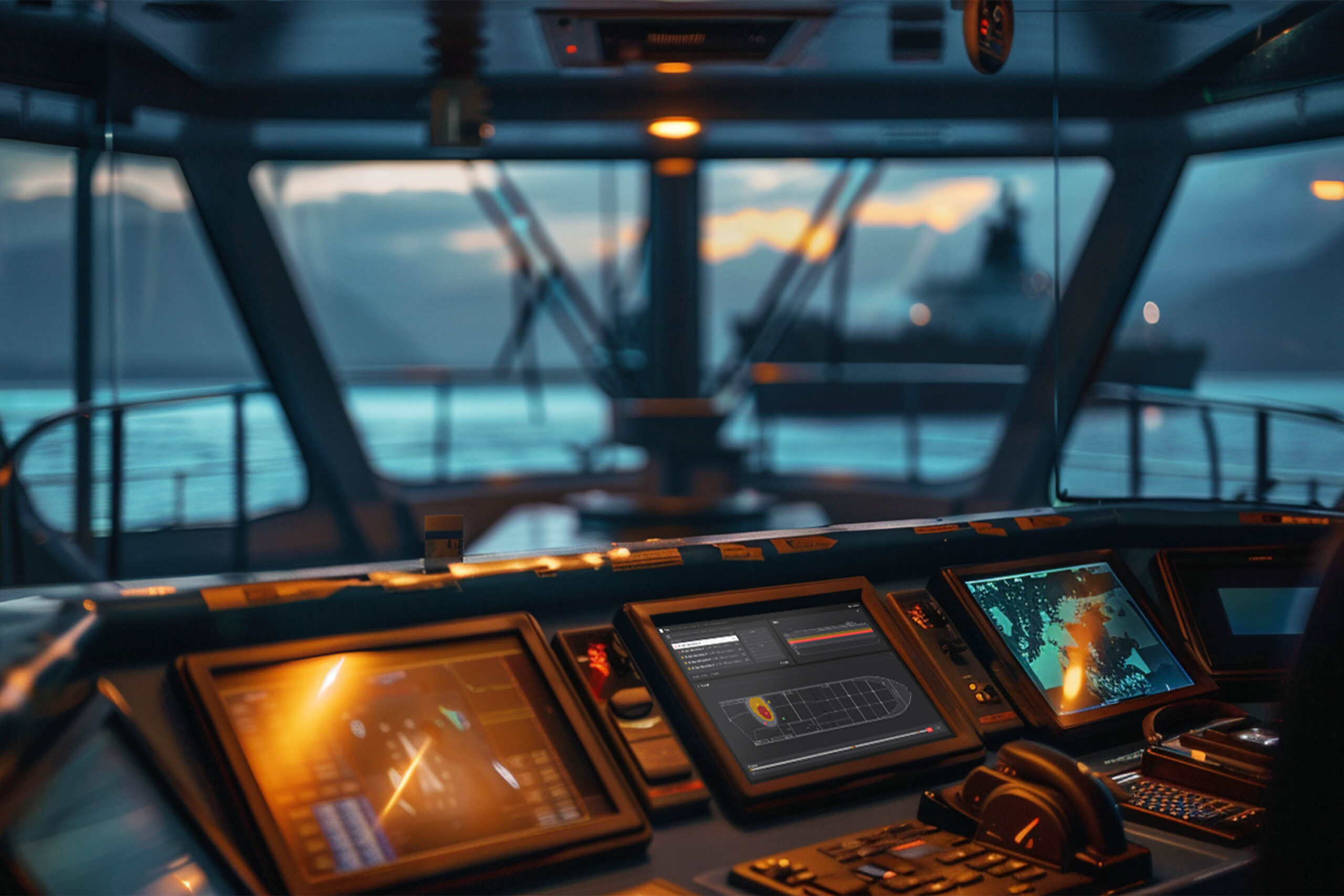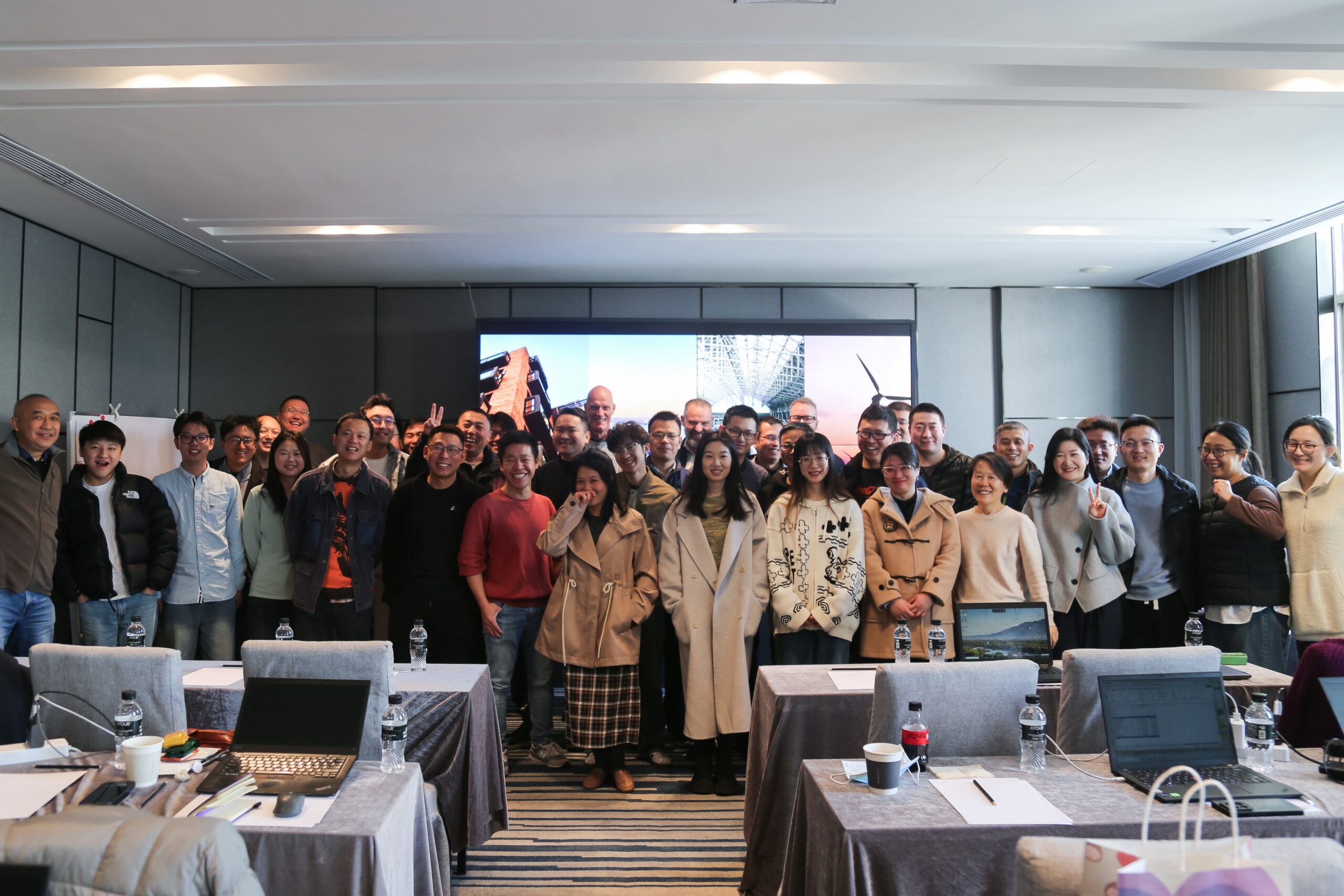Electric vehicles are being shipped globally in record numbers, but battery fire risks remain challenging. Hyundai Glovis is teaming up with Consilium Safety Group to implement innovative safety tech solutions across its fleet to address this.
There is no doubt about that the world is going electric.
Last year, global sales of electric vehicles (EVs) surged by 25 per cent. From South Korea alone, 350,000 units were shipped—three times the figure three years ago. Yet with this shift comes a risk receiving growing attention: lithium-ion battery fires.
Hyundai Glovis, a key player in this sector, transports more than half of South Korea’s EV exports. Each of its car carriers is essentially a floating parking lot packed tightly with thousands of EVs.
Since last year, Hyundai Glovis has been rolling out Consilium Safety Group’s Safety Management Interface Graphics (SMiG) fire control system across its fleet. It’s not just a better alarm system—it’s a whole new proactive approach to fire safety.
The system streamlines safety operations by integrating data from the ship’s safety systems and mapping smoke and heat levels in real time. Crew members can view smoke and heat build-ups on a digital map and take immediate action.
“Data from across the ships is translated into something visual and actionable,” Nordberg explains. “It’s designed to give early warnings when every second counts, often giving crews up to four extra minutes.”
Drill aboard the Sunrise
SMiG demonstrated its potential during a recent fire drill aboard the Hyundai Glovis’ Sunrise,’ a 65,000-ton vessel. The ship’s 14 decks stand 46 meters above the waterline, each the size of a soccer field. About 1,000 fire detectors and alarms are installed according to the ship’s size.
The drill began with a crackling voice over the intercom: “Fire, please move to the emergency holding area!” Crew members moved swiftly to their posts. In the control room, the captain stood over a large monitor displaying a map of the ship’s compartments. A red dot blinked steadily on the screen, indicating the fire’s location.
Without SMiG, the captain might have received vague coordinates—such as ‘Area A on the 5th floor’—wasting precious minutes. But with real-time data streaming, the crew could act immediately, guided by continuous smoke and temperature updates.
“Decisions that once depended on guesswork were now grounded in data”, Nordberg states.
Following the drill, Nordberg visited Hyundai Glovis headquarters in Seoul and reflected on the importance of collaboration. He saw how deeply committed the company is to improving fire safety.
And that’s the right way to go, Isak explains.
“The more systems you integrate and data you collect, the more accurate your safety system will be”.
Shared data matters
Now, SMiG is impressive; it maps real-time data like a digital guardian for ships. But there’s always something more. Nordberg sees untapped potential in cross-industry data sharing.
“Vehicle manufacturers already have the next piece of the puzzle. They have data on battery temperatures, which could be crucial in detecting anomalies early, Nordberg states and continues:
“Those four minutes of early detection might stretch to 12 if we had that data. In the world of fire response, that’s a significant advantage. This is the kind of innovation we must continue pursuing through collaborations to make places safer,” Nordberg says, his tone practical but hopeful. He’s not just talking about ships anymore.
Where SMiG can go next
He believes SMiG could transform fire safety in places like parking garages and land logistics hubs. Fires spread differently in these environments, but time is just as crucial.
He acknowledges the limitations of response time. On ships, trained crew members are on-site and can act immediately, making four extra minutes critical. On land, response times might be slower due to external factors.
“In a garage, four minutes might not be enough to act,” Nordberg explains. “But if we could stretch that to 12, firefighters might have a realistic chance of reaching the location on time. Security teams on-site could use that window to evacuate or contain the situation before it spreads. In these environments, the dynamics are different”.
Talk safety with us
There are thousands of questions regarding safety. But there are also thousands of answers. Talk safety with us – we are ready when you are.


